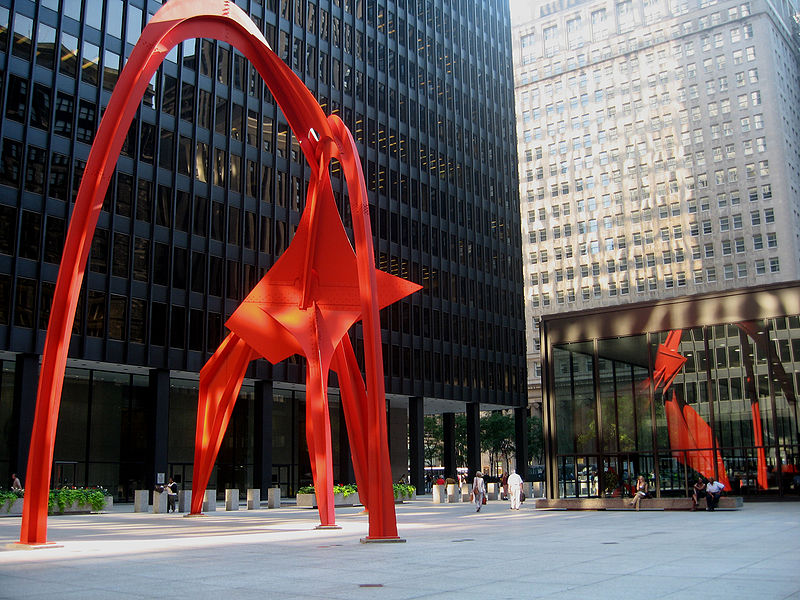The way fiction tells us truth is through the use of layers. Looked at very simply, stories have two basic layers: the plot or narrative and an underlying philosophy or moral. Though sometimes more intentional than others, all stories have both of these things. The value of the 'story' layer is determined by its entertainment, ability to captivate the reader, and believability while the value of the 'philosophy' layer is determined by its trustworthiness and enlightenment. Some stories are more successful at one layer than the other, but they are always both there. Generally speaking, when a volume becomes a classic it is because both layers are considered successful.
Even stories that are highly fantastical and imaginative demonstrate truth to the reader. This is another power of fiction. If a random person stops you on the street to tell you that they saw an elf or dragon it is unlikely that you would believe it. However, if Tolkien, in the comfort of a piece of fiction tells you there are elves or dragons in Middle Earth it much easier to believe. What truth can be derived from such incredible fairy tales? In Tremendous Trifles, Chesterton tells us that children don't need fairy tales to tell them of 'bogeys,' these they know of from the time they have an imagination. They need fairy tales to show them that the 'bogeys' can be defeated. Additionally, in Orthodoxy he tells us that fairy tales are more than ethical or life lessons, they are needed to remind us that the world we actually live in is itself magical. Fantastical and imaginary worlds show us how our world might have been and that it is magical the way it is: as full of surprises and unpredictability as any Shire, Gotham, or Wonderland.
I submit that this is true of sculpture as well. Sculpture is fiction - a two layered story. The way the sculpture appears is the 'story' layer and whatever meaning it has is the 'philosophy' layer. On the surface, a sculpture is successful based on its visual appeal (not necessarily prettiness) and its ability to captivate the imagination. The underlying layer tells a truth. Just like fiction in literary form, sculpture may emphasize one of these layers more than the other. Some pieces are created merely to make a statement, but that does not release it from the responsibility to try and attract the eye whether it be with aesthetic appeal or some kind of 'shock factor.' Conversely, some sculpture may primarily intend to please the eye. However, a piece cannot intend to please the eye without an underlying concept of what is pleasing to the eye, or making a statement about beauty in general.
My principle reason for demonstrating the parallel between fiction in literary form and in sculpture form is to offer a helpful way to look at sculpture - but specifically abstract sculpture. I fear that there is a temptation to try and 'get' abstract sculpture. As if classical sculptures are just for the looks and that modern sculpture is just for making a statement. This is a false dichotomy. Both classical sculpture and modern/abstract sculpture are multi-layered fictions.
 | ||||||
|
This is more obvious in pieces such as Lacoon and Sons. This piece not only tells a story, but it does so in a visually striking way. The emotion and action exhibited here are undeniably captivating. Because this piece is from a story, the underlying philosophy is fairly evident. This piece depicts a scene of truth, sacrifice, and tragedy. Does this depiction of human mortality and divine intervention arouse sympathy? Is there beauty in a martyr for truth? These questions are the ones that arise from the underlying layer of meaning.
 | ||||||||||
|
For my abstract example, I have chosen one of my favorites: Alexander Calder's Flamingo. Since this piece does readily represent something we are familiar with, it is tempting for an initial response to be something like, "what does it mean?" Calder once said that the model for his sculptures was the Universe itself. The way that different forms and densities interacted, some in movement some static. He explored the disparity of shape, movement, and form. To him, the Universe is an abstract combination of wild and wonderful things. This sculpture is like one of Chesterton's fairy tales, it reminds us that this is a world of surprises and unpredictability. However, whatever this sculpture 'means' or represents there is still a strong 'story' layer. While this piece might not seem 'pretty' it is certainly striking and fun to look at. Its placement among the dark, square skyscrapers makes it even more striking as it contrasts them with bright color and a playful shape. Any viewer can enjoy this piece without once thinking of its deeper meaning.
Like literary fiction, sculpture fiction is multi-layered. Yes, the pieces have meaning of varying success, but it is a form of self-deprivation to miss the joy and fun of sculpture by looking at a piece only through the lens of metaphysical scrutiny. The deeper meaning will come more naturally if it is engaged on a more simple level of whether or not it is nice to look at. To read A Tale of Two Cities only to look for the symbolism and social commentary is to miss out on Dickens' masterful storytelling, character development, and humor. The same goes with sculpture: enjoy it without the pressure of deeper meaning, and consequently it will be easier to 'understand.'